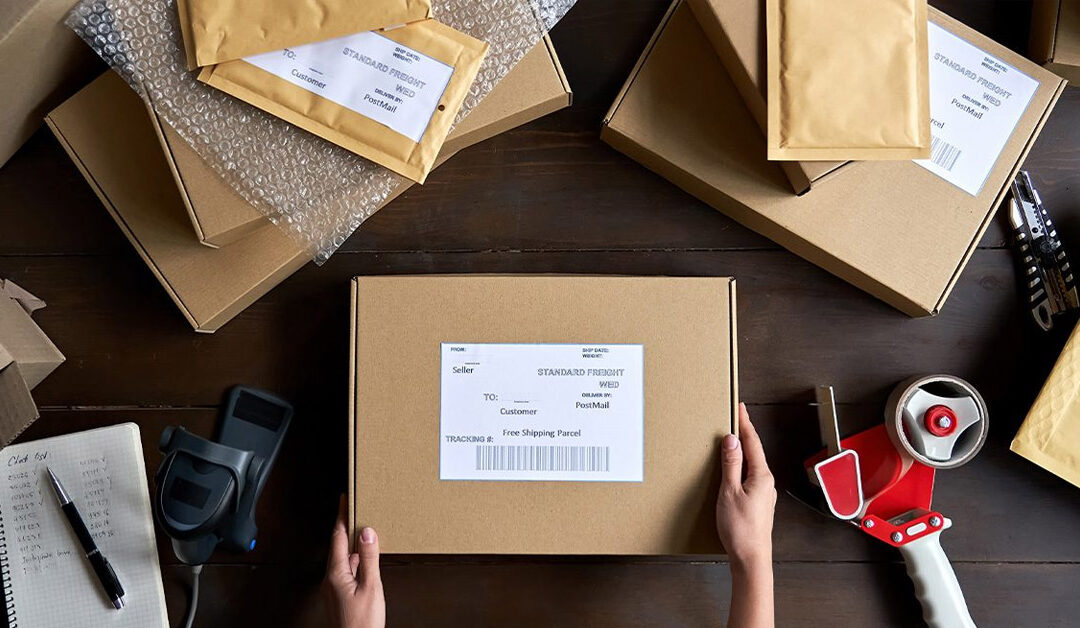Introduction
In the world of e-commerce and global trade, maintaining the integrity of products during shipping has become a paramount concern. Customers expect their orders to arrive pristine, and businesses’ reputations hinge on their ability to deliver products intact. The foundation of this successful endeavor lies in selecting and using proper packing materials. In this blog, we will delve into the significance of product integrity, the role of appropriate packing materials, and how various materials contribute to safeguarding products throughout their journey.
Understanding Product Integrity
Product integrity, in the context of shipping, refers to the state in which a product arrives at its destination without any damage, defects, or deterioration. Various factors, including mishandling, environmental conditions, and improper packaging can compromise this. When product integrity is compromised, businesses face financial losses, tarnished customer relationships, and damaged brand reputations.
Role of Proper Packing Materials
Proper packing materials are the first line of defense against potential damage. Ideal packing materials possess key characteristics that ensure product protection throughout shipping. These characteristics include effective cushioning against shocks, protection from moisture and environmental influences, resistance to vibrations and impacts, and, in some cases, temperature regulation to prevent thermal damage.
For instance, a fragile electronic device must be securely nestled within a package that absorbs shocks and prevents movement. At the same time, perishable items like fresh produce require temperature-controlled packaging to preserve their freshness during transit.
Types of Packing Materials and Their Contributions
Cardboard and Corrugated Boxes: These versatile containers offer strength and durability, providing reliable protection for various products. Customization options allow businesses to choose the right box size for their products, reducing excess space and minimizing movement within the package.
Bubble Wrap and Foam Packaging: Essential for safeguarding fragile items, bubble wrap, and foam packaging provide a cushioning layer that absorbs shocks and prevents direct impact. Foam packaging is available in various densities, with some options specifically designed for high-value electronics.
Packing Peanuts and Void Fillers: These materials prevent product movement within the packaging, maintaining their position and minimizing the risk of collisions. Eco-friendly alternatives, such as biodegradable packing peanuts, contribute to sustainable shipping practices.
Pallets and Strapping: Especially relevant for larger shipments, pallets, and strapping materials secure items, preventing shifting during transit. Different strapping materials like polyester and steel offer varying strength levels.
Temperature-Control Packaging: For items sensitive to temperature fluctuations, such as pharmaceuticals, temperature-control packaging ensures that products remain within the safe temperature range. Insulated packaging materials and gel packs maintain optimal conditions throughout the journey.
Factors in Choosing Packing Materials
Selecting the appropriate packing materials is a multifaceted endeavor, as several interrelated factors come into play. Each element contributes significantly to the overall success of the packaging strategy, ensuring that products reach their destinations with the highest level of integrity. Let’s delve deeper into these critical factors that businesses must carefully evaluate:
Product Characteristics: One of the primary considerations that dictate the choice of packing materials is the inherent nature of the product itself. The level of fragility, combined with factors such as size, weight, and shape, determines the type of protection required. Delicate items, like glassware or electronics, demand packing materials that offer exceptional shock absorption to cushion against impacts that might occur during transit. Additionally, the product’s dimensions influence the packaging size required, minimizing excess space that could lead to unnecessary movement and potential damage.
Shipping Environment: The scope of shipping, whether local or international, introduces another layer of complexity to the selection process. Different regions and routes present varying challenges that packaging materials need to address. For instance, international shipping involves longer travel times and potentially other handling conditions. Moreover, considering weather conditions becomes crucial, as variations in temperature and humidity can impact the integrity of the product. Selecting packing materials that can withstand the environmental challenges the shipping route poses is a crucial aspect of ensuring product safety.
Sustainability and Environmental Impact: In today’s world, environmental consciousness has become a cornerstone of responsible business practices. As a result, the impact of packaging materials on the environment has gained significant attention. Many businesses actively seek ways to minimize their carbon footprint by adopting eco-friendly packaging alternatives. These materials align with sustainability goals and resonate with environmentally conscious consumers. By choosing biodegradable, recycled, or reusable packing materials, companies can contribute positively to the global effort to reduce plastic waste and promote greener shipping practices.
Cost-Effectiveness: While ensuring the utmost product protection is essential, it’s equally important to balance quality and budget constraints. Opting for premium, high-end packing materials might seem ideal, but it could lead to unnecessary costs that could be channeled into other aspects of the business. On the other hand, selecting subpar materials to cut costs might compromise product integrity and result in higher return rates, customer dissatisfaction, and, ultimately, greater expenses. Therefore, finding the sweet spot where the chosen packing materials offer the required level of protection without overburdening the budget is a delicate yet crucial task.
Best Practices for Proper Packing
Proper Packing Techniques: Layering, cushioning, and strategic positioning of products within packaging minimize the risk of damage.
Clear Labeling and Handling Instructions: Providing clear instructions to shipping carriers and handlers helps ensure the proper treatment of packages.
Quality Assurance and Testing: Thoroughly testing packaging setups under different stress scenarios enables businesses to identify weaknesses and improve.
Continuous Improvement: Regularly reviewing and updating packing processes based on feedback and real-world performance leads to ongoing enhancement.
Conclusion
In the ever-evolving commerce landscape, maintaining product integrity during shipping is not just a goal but a necessity. Properly selecting and using packing materials are essential in ensuring products reach their destinations in impeccable condition. By understanding the role of packing materials, considering the factors influencing their choice, and implementing best practices, businesses can fortify their shipping processes, protect their brand reputation, and delight customers with intact, high-quality products.



